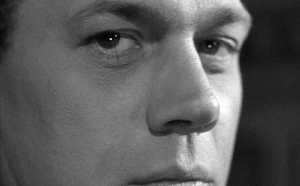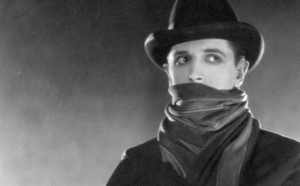Frenzy is by far the most graphic film Hitchcock ever made. Thrilling, yes. Brutal, certainly. But the subtlety had faded. Some call it Hitchcock’s last great film. I’d personally label it his last “very good” film. But it is impressive that a man who had in the business for sixty years was still capable of making something different to anything he had done before.
Having said that, there are also some familiar tropes. Our “man on the run from the police” being the most obvious one. Richard Blaney (Jon Finch) is a down-on-his luck bartender, who gets falsely suspected as the Neck Tie Murderer; a serial killer who rapes his female victims before strangling them with his neckties. The London setting makes the plot feel somewhat like an updated version of The Lodger, which he made right at the beginning of his career, only this time Hitchcock had the opportunity to be far more explicit.
Whether or not you think the explicitness is a good thing is pivotal to how much you enjoy the movie. There’s a rape scene, for example, that’s the hardest sequence to watch in all of Hitchcock’s film. The scene is effective, in a brutal sort of way, but Psycho is the perfect horror/thriller because it carefully treads the line between what it reveals to you and the blanks gaps it leaves for your mind to fill in. Frenzy shows you everything.
Though there is one brilliant moment midway through the film that recapture this Psycho spirit. As the killer lures an unaware victim into his flat and closes the door, the camera backs away in a long continuous shot down the staircase and then out onto the street where people bustle to and fro on their daily business. None of them know what’s going on in the flat upstairs. But we do, even though Hitchcock doesn’t show us.
There’s also some strong bits of dark humour, such as the chief inspector’s discussions of grizzly murder while struggling to eat his wife’s disgusting attempts at exotic food (“cailles aux raisins”).
Frenzy was Hitchcock’s most skillful film in nearly a decade, but it’s “bare all” approach works against it. There are times where you remember why Hitchcock was known as the Master of Suspense and other times where it seems unnecessarily nasty. Although it does have Bernard Cribbins in it. That’s awesome.











